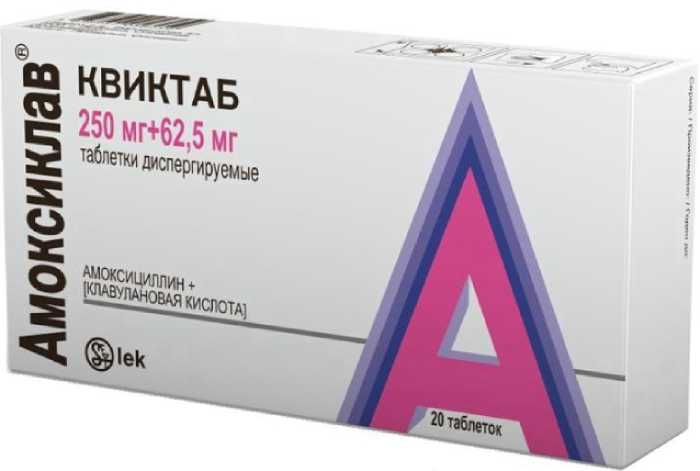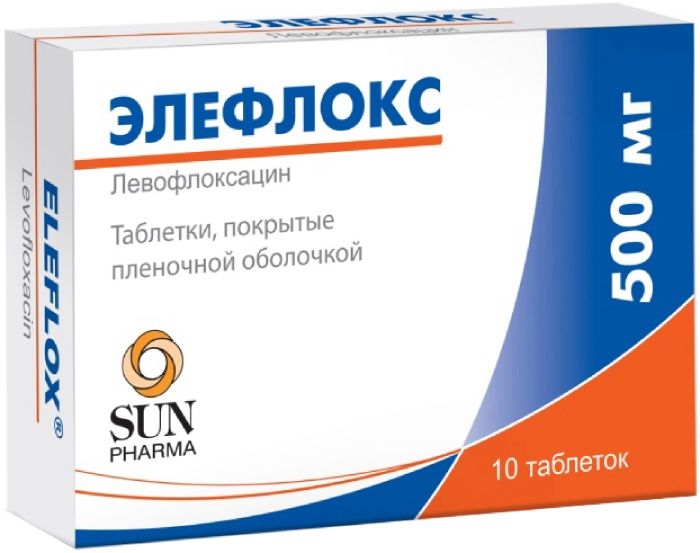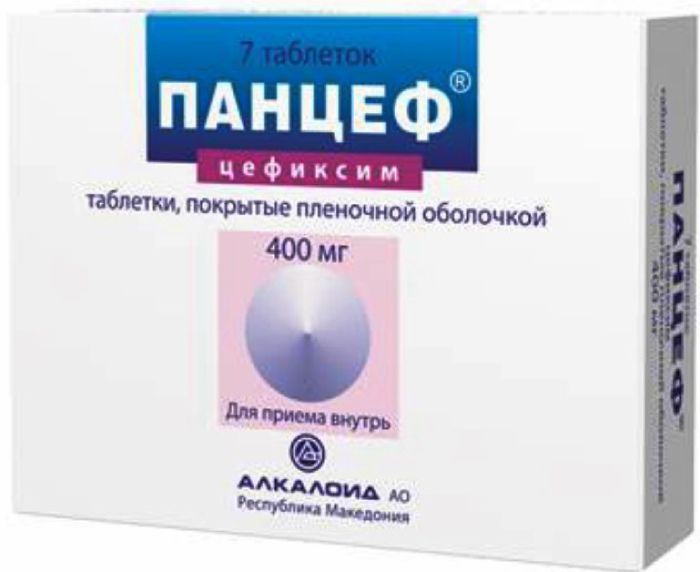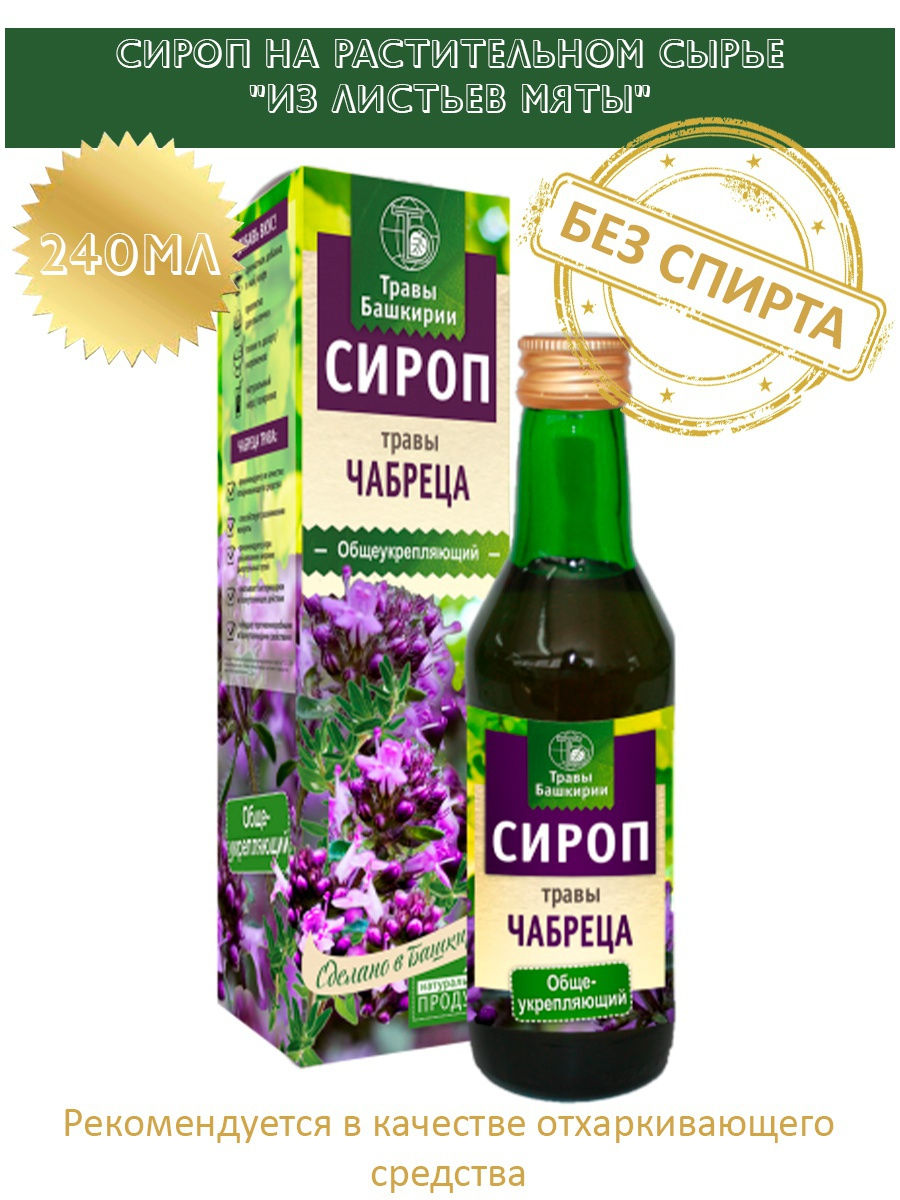- No products in the cart.
Amoxiclav Kviktab tab dispersing. 250mg + 62.5mg 20 pc
$7.53
Amoxiclav Kviktab tab dispersing. 250mg + 62.5mg 20 pc
SKU: 2118088936 Categories: Antibiotics, Antibiotics, antimicrobial, antiparasitic, Medicaments Tags: Amoxicillin + Clavulanic Acid, Sandoz RX
Description
Composition
Active substance:
1 tablet contains: amoxicillin trihydrate (corresponding to amoxycillin) -287.00 mg (250 mg), potassium clavulanate (equivalent to clavulanic acid) -74.4 mg (62.5 mg).
Excipients:
Crospovidone, silicon dioxide, flavor sweet orange, microcrystalline cellulose, silicon-containing, sucralose, sodium stearyl fumarate, iron (III) oxide yellow (E 172), mannitol.
Description:
Round tablets from light yellow to yellow in color with patches of brownish color with a hemispherical indentation on both sides, engraved with “SN 34” on one side.
Product form:
Dispersible Tablets 250 mg + 62.5 mg
2 tablets in blister aluminum / aluminum.
According 5,7 blisters or 10 together with instructions for medical use in a cardboard pack.
Contraindications
Hypersensitivity to amoxicillin, clavulanic acid and other ingredients; severe hypersensitivity reactions (e.g., anaphylactic reactions) in history to other beta-lactam antibiotics (cephalosporins, carbapenems and monobactams); cholestatic jaundice and / or other liver disorders caused by the administration of amoxycillin / clavulanic acid in the history; Children under 2 years old; phenylketonuria; renal failure (creatinine clearance
Precautions: pseudomembranous colitis with a history of diseases of the gastrointestinal tract, hepatic failure, severe renal impairment (for dispersible tablets 500 mg + 125 mg), pregnancy, lactation, while the use of anticoagulants.
Dosage
250 mg + 62.5 mg
Indications
Infectious and inflammatory diseases caused by susceptible to amoxicillin / clavulanic acid by microorganisms: upper respiratory tract infection and upper respiratory organs (including, acute and chronic sinusitis, acute and chronic otitis media, retropharyngeal abscess, tonsillitis, pharyngitis); lower respiratory tract infections (acute bronchitis with bacterial superinfection, exacerbation of chronic bronchitis, pneumonia); Urinary tract infections (e.g., cystitis, urethritis, pyelonephritis); infections in gynecology and obstetrics; Skin and soft tissue infections, including human and animal bites; infections of bone and connective tissues (e.g., osteomyelitis); biliary tract infection (cholecystitis, cholangitis); odontogenic infection.
Interaction with other drugs
Antacids, glucosamine, laxatives, drugs, aminoglycosides delay absorption, ascorbic acid – increases absorption.
Diuretics, allopurinol, phenylbutazone, nonsteroidal antiinflammatory drugs (NSAIDs) and other drugs that block tubular secretion, increase the concentration of amoxicillin (Clavulanic acid is derived largely by glomerular filtration).
The simultaneous use of allopurinol can lead to the development of cutaneous allergic reactions. Simultaneous use of the drug methotrexate Amoksiklav® Kviktab and increases the toxicity of methotrexate. Avoid concurrent use with disulfiram. Enhances effectiveness of indirect anticoagulants (suppressing the intestinal microflora, reduces the synthesis of vitamin K and prothrombin index). In some cases, the drug can prolong the prothrombin time, in this connection, care should be taken with concomitant use of anticoagulants and drug Amoksiklav® Kviktab.
The literature describes the rare cases of increased international normalized ratio (INR) in patients with concomitant use of warfarin and acenocoumarol or amoxicillin. If necessary, the simultaneous application of anticoagulants prothrombin time and INR should be monitored closely in the appointment or revocation of the drug may require dose adjustment of anticoagulants for oral administration. When combined with rifampicin observed mutual weakening of the antibacterial effect.
Amoksiklav® Kviktab not be used simultaneously with bacteriostatic antibiotics (macrolides, tetracyclines), sulfonamides due to a possible reduction in efficacy Amoksiklav® Kviktab.
Probenecid reduces the excretion of amoxicillin, increasing its serum concentration. Antibiotics reduce the effectiveness of oral contraceptives.
Reduces the effectiveness of drugs, which are formed during the metabolism of p-aminobenzoic acid, ethinylestradiol – the risk of bleeding “breakthrough”. In patients treated with mycophenolate mofetil, after initiation of the combination of amoxicillin with clavulanic acid was observed decrease in concentration of the active metabolite – mycophenolic acid before receiving the next dose of the drug is approximately 50%. This concentration change may not accurately reflect the overall exposure changes mycophenolic acid.
Overdose
Reports of deaths or the occurrence of life-threatening side effects due to drug overdose Amoksiklav® Kviktab not.
Symptoms of overdose include from the gastrointestinal tract disorders (abdominal pain, diarrhea, vomiting) and disorders of water and electrolyte balance. Recorded messages crystalluria caused by intake of amoxicillin, which, in some cases, led to the development of renal failure.
Perhaps the development of seizures in patients with renal insufficiency or in patients receiving high doses of the drug.
In case of overdose the patient should be under the supervision of a physician, treatment is symptomatic.
If overdose recommended gastric lavage and intake adsorbent (activated carbon).
Hemodialysis is effective.
pharmachologic effect
Pharmacological group:
The antibiotic penicillin semisynthetic + beta-lactamase inhibitor.
Pharmacodynamics:
Mechanism of action
Amoxicillin – a semi-synthetic broad-spectrum antibiotic with activity against many Gram-positive and Gram-negative microorganisms. At the same time, amoxicillin susceptible to destruction of beta-lactamases and therefore the spectrum of activity of amoxicillin does not apply to micro-organisms that produce this enzyme. Clavulanic acid – a beta-lactamase inhibitor, structurally related penicillins, has the ability to inactivate a wide range of beta-lactamase detected in microorganisms resistant to penicillins and cephalosporins. Clavulanic acid has sufficient efficiency in plasmid against beta-lactamases, which often cause bacterial resistance, and is not effective against chromosomal beta-lactamase I type which is not inhibited by clavulanic acid.
The presence of clavulanic acid in a preparation of amoxicillin protects from degradation enzymes – beta-lactamases, allowing to extend the antibacterial spectrum of amoxicillin.
Below is a combination of amoxicillin with clavulanic acid activity in vitro.
Gram-positive aerobes: Bacillus anthracis, Enterococcus faecalis, Listeria monocytogenes, Nocardia asteroides, Streptococcus pyogenes1,2, Streptococcus agalactiae1,2, other beta-hemolytic steptokokki1,2, Staphylococcus aureus (methicillin sensitive) 1, Staphylococcus saprophyticus (methicillin sensitive), coagulase-negative staphylococci (methicillin sensitive).
Gram-negative aerobes: Bordetella pertussis, Haemophilus influenzae1, Helicobacter pylori, Moraxella catarrhalis1, Neisseria gonorrhoeae, Pasteurella multocida, Vibrio cholerae.
Others: Borrelia burgdorferi, Leptospira icterohaemorrhagiae, Treponema pallidum.
Gram-positive anaerobes: Leptospira icterohaemorrhagiae, Treponema pallidum. Gram-positive anaerobes: species of the genus Clostridium, Peptococcus niger, Peptostreptococcus magnus, Peptostreptococcus micros, species of the genus Peptostreptococcus.
Gram-negative anaerobes: Bacteroides fragilis, Bacteroides species of the genus, species of the genus Capnocytophaga, Eikenella corrodens, Fusobacterium nucleatum, species of the genus Fusobacterium, species of the genus Porphyromonas, species of the genus Prevotella.
Bacteria, which are likely to acquired resistance to the combination of amoxicillin with clavulanic acid
Gram-negative aerobes: Escherichia soli1, Klebsiella oxytoca, Klebsiella pneumoniae, species of the genus Klebsiella, Proteus mirabilis, Proteus vulgaris, species of the genus Proteus, species of the genus Salmonella, species of the genus Shigella.
Gram-positive aerobes: species of the genus Corynebacterium, Enterosoccus faecium. Streptococcus pneumoniae1,2, streptococci Viridans group.
Bacteria have natural resistance to the combination of amoxicillin with clavulanic acid
Gram-negative aerobes: species of the genus Acinetobacter, Citrobacter freundii, species of Enterobacter, Hafnia alvei, Legionella pneumophila, Morganella morganii, species of the genus Providencia, species of the genus Pseudomonas, species of the genus Serratia, Stenotrophomonas maltophilia, Yersinia enterocolitica
Other: Chlamydia pneumoniae, Chlamydia psittaci, species of the genus Chlamydia, Coxiella burnetii, species of the genus Mycoplasma bacteria data 1 for clinical efficacy of a combination of amoxicillin with clavulanic acid has been demonstrated in clinical studies. 2shtammy these bacteria do not produce beta-lactamase. Sensitivity for amoxicillin alone suggesting a similar sensitivity to the combination of amoxicillin with clavulanic acid.
Pharmacokinetics:
Suction
The active ingredients of the drug is rapidly and completely absorbed from the gastrointestinal (GI) tract following ingestion. Absorption of active ingredients in the case of optimal use of the drug with food.
Metabolism
About 10-25% of the initial dose of amoxicillin kidneys displayed as an inactive metabolite (penitsilloevoy acid). Clavulanic acid in the human body is exposed to intensive metabolism to form 2,5-dihydro-4- (2-hydroxyethyl) -5-oxo-1H-pyrrole-3-carboxylic acid and 1-amino-4-hydroxy-butan-2-one excreted by the kidneys and, through the digestive tract, as well as the exhaled air, in the form of carbon dioxide.
Distribution
As found in various tissues and interstitial fluid (in the gall bladder, abdominal tissue, skin, fat and muscle tissues, synovial and peritoneal fluids, bile, purulent) by intravenous administration of amoxicillin and clavulanic acid therapeutic concentrations of amoxicillin and clavulanic acid .
Amoxicillin and clavulanic acid have a low degree of binding to plasma proteins. Studies have shown that blood plasma proteins binds about 25% of the total amount of clavulanic acid and amoxicillin in 18% plasma. The volume of distribution is about 0.3-0.4 liters / kg amoxycillin and about 0.2 l / kg for clavulanic acid.
Amoxicillin and clavulanic acid can not penetrate the blood-brain barrier in non-inflamed meninges. Amoxicillin (like most penicillins) is excreted in breast milk.
The breast milk can be detected as trace amounts of clavulanic acid. Except for the possibility of sensitization, diarrhea and candidiasis of the oral mucosa, no other known adverse effects of amoxicillin and clavulanic acid on the health of infants, breastfed. Reproduction studies in animals have shown that amoxicillin and clavulanic acid penetrate the placental barrier. However, there was no evidence of negative effects on the fetus.
breeding
Amoxicillin is derived primarily by the kidneys, while the clavulanic acid through both the renal and extrarenal mechanisms. After a single oral administration of 875 mg / 125 mg or 500 mg / 125 mg approximately 60-70% and 40-65% of amoxicillin clavulanic acid during the first 6 hours excreted by the kidneys in unchanged form.
The average half-life (T1 / 2) of amoxycillin / clavulanic acid of approximately 1 hour, the average total clearance of approximately 25 l / h in healthy patients. In various studies it was found that the excretion of amoxicillin kidneys within 24 hours approximately 50-85% of clavulanic acid – 27-60%. The greatest amount of clavulanic acid output during the first 2 hours after ingestion. Pharmacokinetics of Amoxicillin / clavulanic acid do not depend on the sex of the patient.
Patients with impaired renal function
Total clearance of amoxicillin / clavulanic acid is reduced proportional to the reduction of renal function. Reduced clearance is more pronounced for amoxicillin than for clavulanic acid, as most of amoxicillin excreted by the kidneys. Doses in renal failure must be chosen taking into account the undesirable accumulation of amoxicillin amid maintain normal levels of clavulanic acid.
Patients with impaired liver function
In patients with impaired liver function the drug is used with caution, it is necessary to carry out continuous monitoring of liver function.
Both components are removed by hemodialysis and minor amounts – peritoneal dialysis.
Pregnancy and breast-feeding
Animal studies did not reveal data about the dangers of the drug Amoksiklav® Kviktab during pregnancy and its effects on the embryonic development of the fetus.
In one study in women with premature rupture of membranes, it was found that prophylactic therapy with amoxicillin / clavulanic acid may be associated with increased risk of necrotizing enterocolitis in infants. Also have information about the development of neonatal diarrhea and oral candidiasis of the mucous membranes.
During pregnancy and lactation drug Amoksiklav® Kviktab used only if the expected benefit to the mother outweighs the potential risk to the fetus and child.
Amoxicillin and clavulanic acid in small amounts into breast milk, so the drug during breast-feeding to be continued only with clear indications.
Infants receiving breast-feeding may develop sensitization, diarrhea, candidiasis oral mucous membranes. In such cases, breast-feeding should be discontinued.
Conditions of supply of pharmacies
On prescription.
side effects
According to the World Health Organization (WHO) adverse reactions are classified according to their rate of development as follows: very common (> 1/10), frequent (> 1/100,
special instructions
Before treatment, the patient should be asked to identify a history of hypersensitivity reactions to penicillins, cephalosporins or other beta-lactam antibiotics. In patients with increased sensitivity to penicillins, possible allergic cross-reaction with cephalosporin antibiotics. In exchange treatment is necessary to monitor functions of the blood, liver and kidneys.
In patients with severely impaired renal function requires adequate correction doses or longer intervals between reception dose.
To reduce the risk of side effects from the gastrointestinal tract should take the drug before or during meal time.
When high doses of the drug to patients with Amoksiklav® Kviktab crystalluria necessary to adequately fill fluid loss.
Perhaps the development of superinfection due to growth insensitive to amoxicillin microflora, which requires a corresponding change of antibiotic therapy.
At occurrence of antibiotic-associated colitis should be lifted immediately Amoksiklav® Kviktab, see a doctor and begin appropriate treatment. Drugs inhibiting peristalsis are contraindicated in these situations.
Treatment continues for a required 48-72 hours after the disappearance of clinical signs of disease. With simultaneous use of estrogensoderjath oral contraceptives and amoxicillin should be possible to use other or additional contraceptive methods.
Amoxicillin and clavulanic acid may induce non-specific binding of immunoglobulins and albumins from erythrocyte membrane, which may cause false positive reaction in the test Coombs.
Use of amoxicillin and clavulanic acid is contraindicated in infectious mononucleosis, as it can provoke morbilliform rash.
Laboratory analyzes: amoxicillin high concentrations give a false positive reaction in the glucose urine using Benedict’s reagent or Fehling’s solution. It is recommended to use the enzymatic reaction with glucosidase.
Information about the negative impact of the drug Amoksiklav® Kviktab at recommended doses on the ability to drive a car or work with no mechanisms. However, because of the possibility of adverse effects on the central nervous system such as dizziness, headache, convulsions, during treatment should be careful when driving and busy with other activities that require concentration and speed of psychomotor reactions.
When the described adverse events should refrain from carrying out these activities.
Storage conditions
In a dry place at a temperature not higher than 25 C. Keep out of reach of children.
Dosing and Administration
Inside.
The batch is individually depending on age, body weight, renal function of the patient and the severity of infection.
Tablets to be dissolved in half a glass of water (minimum 30 ml) and mixed thoroughly, then drink, or hold a tablet in the mouth until complete dissolution, and then swallowed. To reduce the risk of side effects from the gastrointestinal tract should take the drug at the beginning of the meal. In applying the drug in children under the age of 3 tablets necessarily dissolve in water.
The duration of treatment is determined by the attending physician.
The duration of treatment depends on the severity of the infection and should not unnecessarily exceed 14 days.
Adults and children 12 years and older and weighing 40 kg or more drug administered at 500 mg / 125 mg 3 times a day.
For children ages 2 to 12 years, the daily dose is usually 125 mg / 31.25 mg, or 250 mg / 62.5 mg 3 times per day (depending on body weight at the rate of 20-40 mg and 5-10 mg of amoxicillin clavulanic acid per kg body weight.) in severe, recurrent and chronic infections of these doses can be double (maximum daily dose of 60 mg of amoxicillin and 15 mg of clavulanic acid per kg body weight).
Patients with impaired renal function:
In patients with a creatinine clearance (CC) higher than 30 ml / min is no need to dose adjustment
Patients with abnormal liver function: caution while taking the drug. It is necessary to carry out regular monitoring of liver function.
Information
Appearance may differ from that depicted in the picture. There are contraindications. You need to read the manual or consult with a specialist
Additional information
| Weight | 0.100 kg |
|---|---|
| Manufacturer | Sandoz RX |













There are no reviews yet.